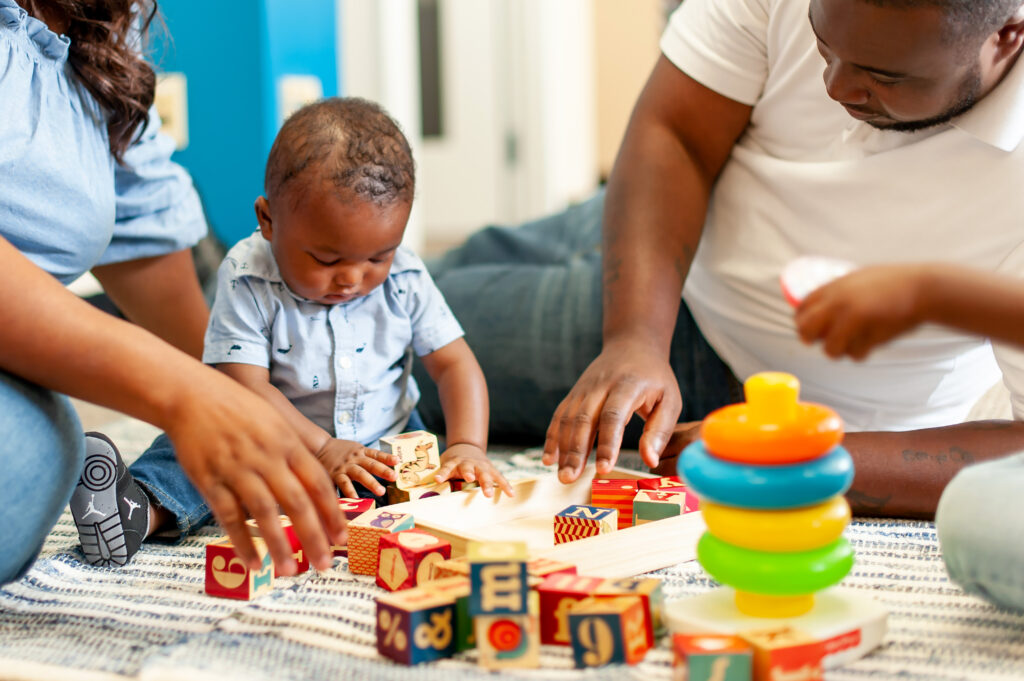



In 2009, Baltimore had one of the worst rates of infant mortality in the country—128 babies died before their first birthdays that year. The highest infant mortality rates were concentrated in neighborhoods that experienced racial residential segregation, high rates of poverty, and high incidence of neighborhood violence. Black babies were five times more likely to die than white babies.
In response, the Baltimore City Health Department, in partnership with the Family League of Baltimore City and HealthCare Access Maryland, launched B’more for Healthy Babies (BHB), a multidisciplinary public health strategy to improve maternal and child health outcomes citywide and disparities that exist among Black, Latino, and white families. BHB coordinates over 150 partners citywide to improve the overall system of care for expecting parents and families with young children. The program also provides more intensive outreach and services in two target neighborhoods, Patterson Park North & East (Patterson Park N&E) and Upton/Druid Heights, through two anchor institutions: Baltimore Medical Systems and Promise Heights, an initiative of the University of Maryland School of Social Work.
In “B’more for Health Babies: The Story Behind the Data,” researchers Nicole A. Johnson and Lauren Thiesse of Extraordinary Changes, spoke with parents, community partners, and city leaders about what has made BHB so effective. Key themes from these conversations include:
All agreed that BHB has transformed the system of care for families in Baltimore, which needs to be sustained and further strengthened.
After 13 years of sustained commitment, funding, and leadership, BHB has made a significant difference. Every year, 86% of pregnant people with Medicaid in Baltimore City (about 4,000 people total) receive care coordination, hundreds receive evidence-based home visiting, and all residents learn about the importance of safe sleep. From 2009-2019, Baltimore’s overall infant mortality rate decreased from 13.5 to 8.8 deaths per 1,000 live births. Critically, Baltimore’s Black-white racial disparity was cut by more than half.
Gains were even more impressive in the two neighborhoods providing community-level support to families. Upton/Druid Heights’ infant mortality rate decreased by 73%, and Patterson Park N&E’s decreased by 60%. In both communities, the racial disparity between Black and white infant deaths was eliminated.
The remarkable success of BHB’s neighborhood-level work and its relatively low cost (about $200,000 per neighborhood per year) should spur expansion to other Baltimore City communities facing disproportionate infant deaths. Funding concerns, however, have tempered calls for expansion. The report finds that advocacy from BHB partners, community residents, parents, and caregivers is needed to secure BHB’s future through increased public and private investment in maternal and child health.
Photo courtesy of B’more for Healthy Babies.